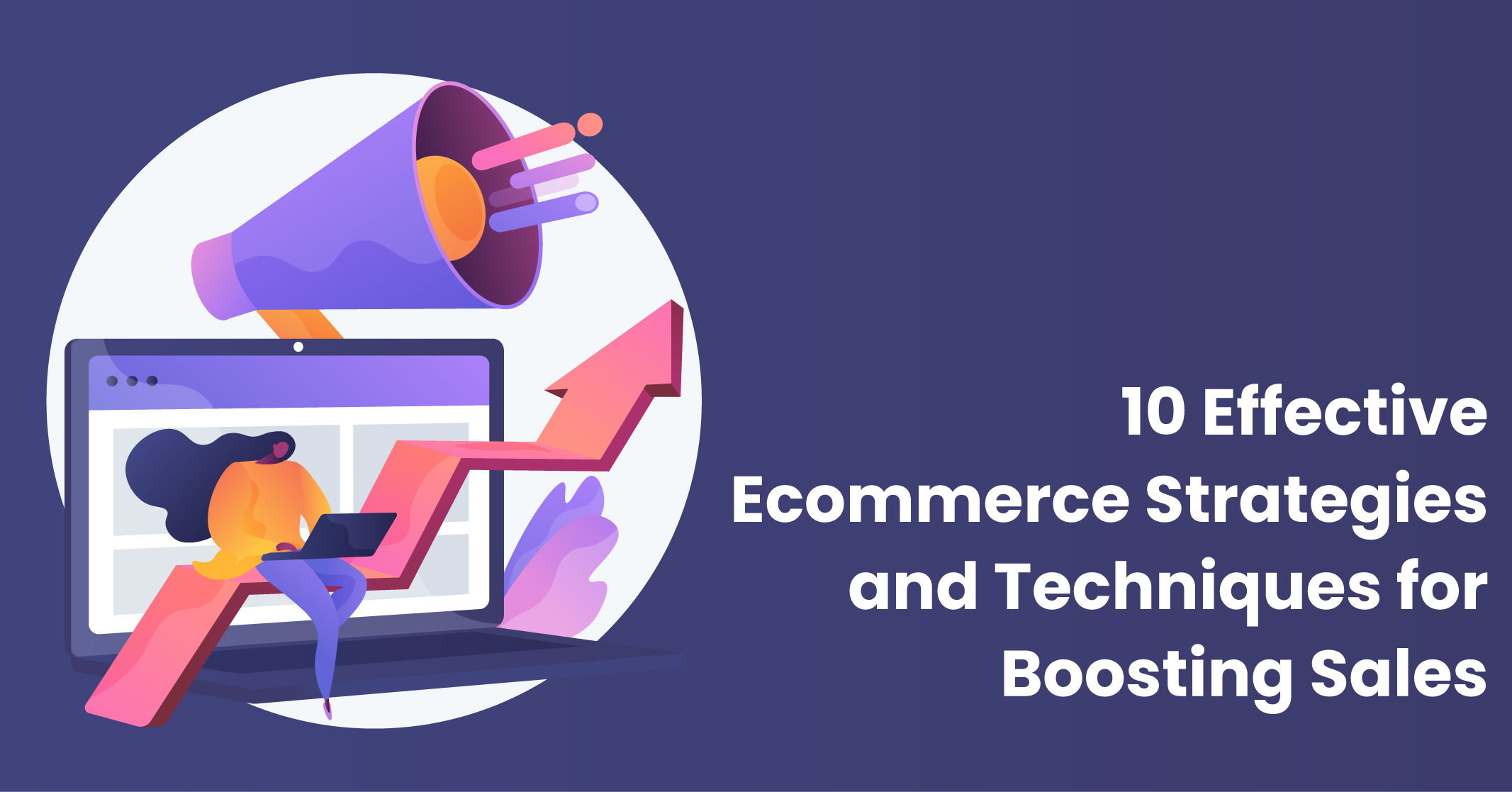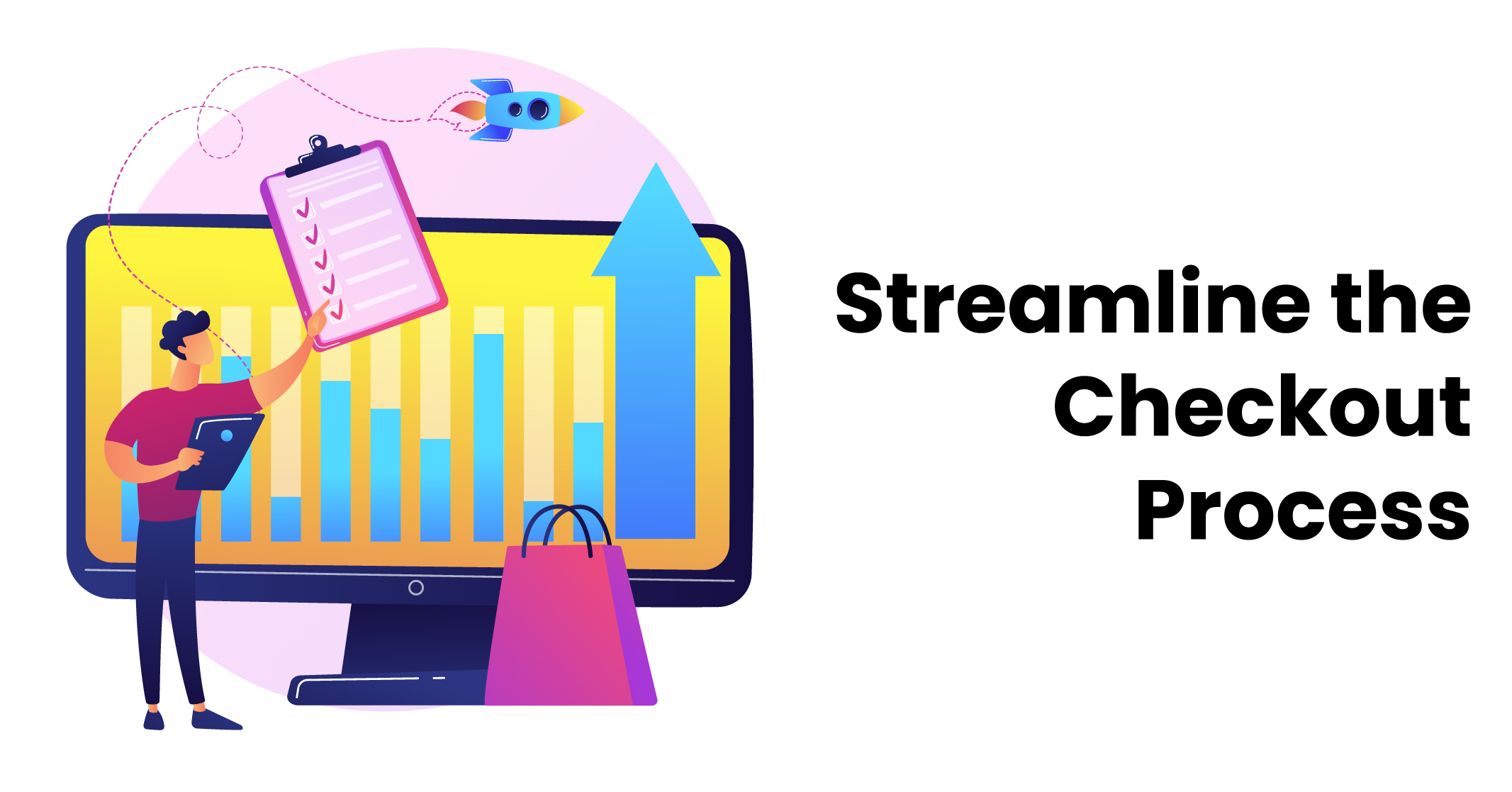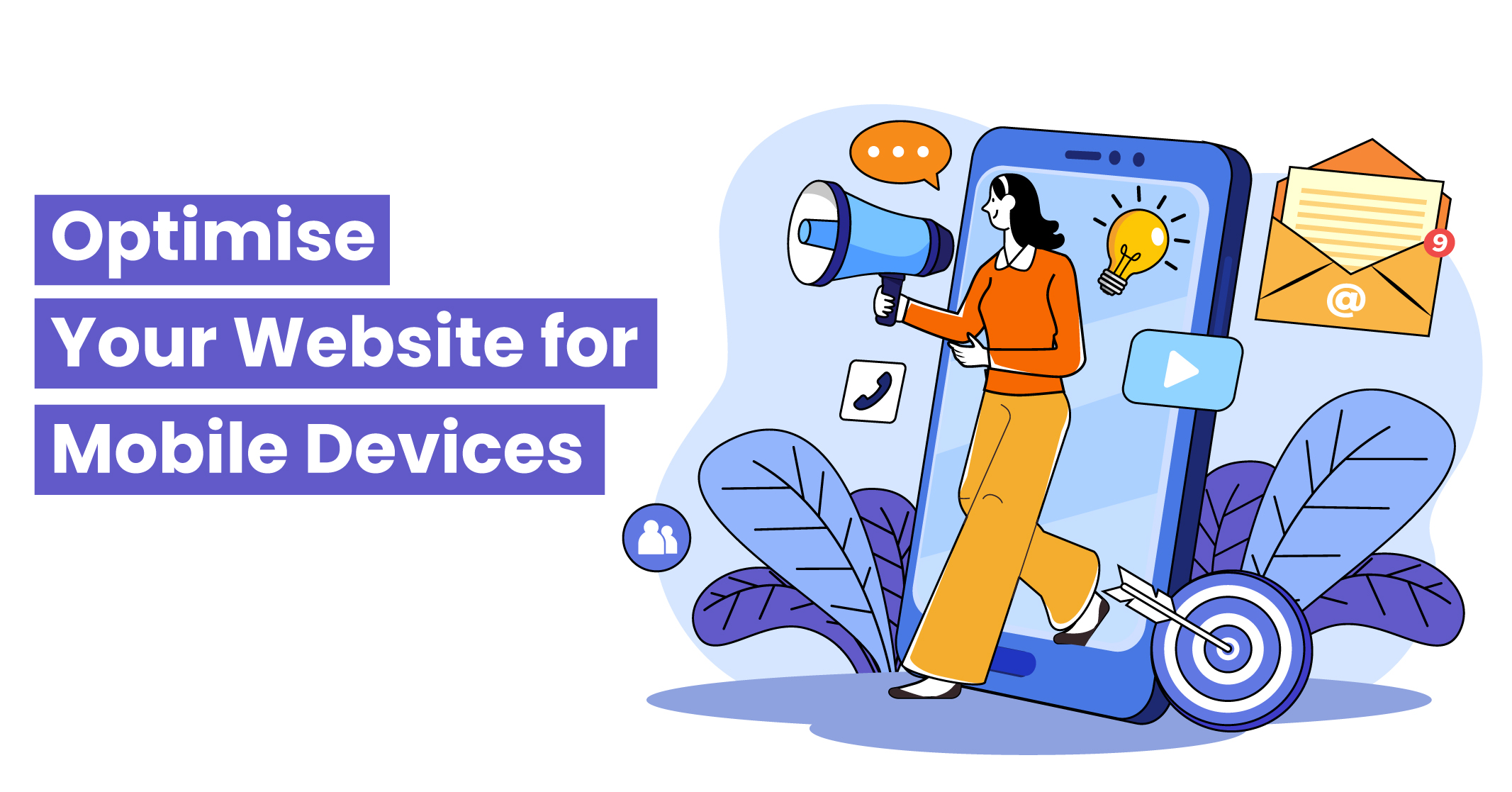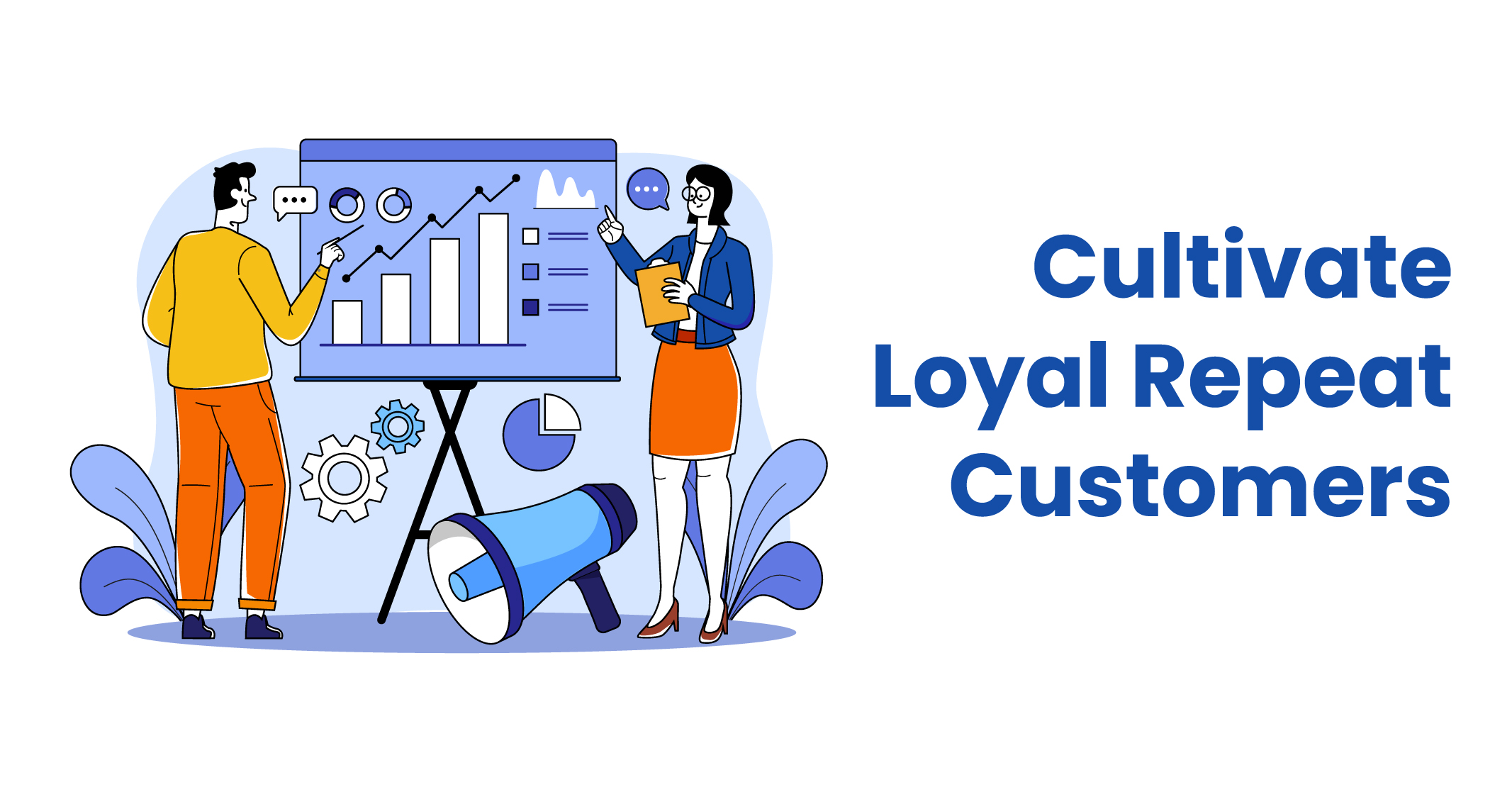I hope you enjoy reading this blog post.
If you want to get more traffic, Contact Us

Click Here - Free 30-Minute Strategy Session
Be quick! FREE spots are almost gone for this Month. Free Quote

Ecommerce marketing encompasses strategic campaigns aimed at attracting new customers and nurturing repeat business. These proven tactics can be applied to businesses of any scale and readily implemented using the appropriate tools and resources. These marketing strategy plans and tips could take your digital marketing strategy to the next level.
To assist you in optimising your eCommerce marketing efforts, here are ten valuable suggestions:

Click Here – Free 30-Minute Strategy Session
Be quick! FREE spots are almost gone for this Month
Enhance customer engagement and foster direct communication by utilising email marketing campaigns, which offer a personalised touch that surpasses social media interactions. Implementing effective strategies can significantly boost the outcomes of your email campaigns. Here are some key approaches to consider:
By leveraging these proven strategies within your email marketing campaigns, you can refine your marketing strategy and experience enhanced customer engagement and sales growth.

To optimise the checkout process and minimise shopping cart abandonment, it is crucial to prioritise user-friendliness. According to the Baymard Institute, a staggering 68% of potential sales are lost at the checkout stage. To avoid common pitfalls and improve conversion rates, consider the following strategies:
Here is an inspiring example from Etsy’s checkout page, which showcases a clear progress bar at the top, indicating three steps until the checkout process is finalised. Additionally, it emphasises the security of the page, instilling trust in customers.
By implementing these strategies, you can streamline the checkout experience, reduce cart abandonment, and optimise conversions. Enhancing the user journey at this critical stage aligns with a successful marketing strategy, driving business growth and customer satisfaction.

With mobile devices dominating the eCommerce landscape, it’s crucial to align your strategy accordingly. This year, an estimated 53.9% of all eCommerce transactions will occur on cell phones, highlighting the popularity of mobile shopping. To ensure a seamless user experience, it’s essential to optimize your eCommerce site for mobile devices.
Customers often feel discouraged when they encounter websites that don’t fit their screens or are difficult to navigate on smaller devices. Therefore, it’s vital to priorities mobile accessibility. Moreover, there’s an additional incentive for mobile-friendliness—Google’s algorithm now rewards such sites with higher rankings, enhancing visibility and attracting more organic traffic.
Given the vast array of mobile devices and browsers available, it’s impractical to test your site on every combination. This is where third-party tools prove invaluable, enabling comprehensive testing and ensuring your website performs optimally across various devices and platforms.
By incorporating a mobile-first approach into your digital marketing strategy, you can maximize your reach and engage with customers wherever they are. A well-executed marketing strategy plan, coupled with a mobile-optimized website and effective communication strategies, will position your business for success in the ever-expanding mobile marketplace.
In the current landscape, online shopping has become a necessity and a preference for customers. Simultaneously, social media usage has surged, offering businesses unique opportunities to boost sales and target a wider audience. Platforms like Facebook and Instagram have integrated shopping features that can be leveraged to maximise your marketing efforts.
One significant advantage of these platforms is the ability to tag products in photos and videos, creating an organic shopping experience for users. By uploading content with tagged products, you can seamlessly showcase your offerings and capture the attention of potential customers.
Moreover, the checkout process on social media platforms is user-friendly, as they provide their checkout systems or allow businesses to designate their preferred options. This streamlines the purchasing journey, increasing the likelihood of conversions.
Below is an illustrative example of an Instagram post featuring tagged products. Users can easily view the products and click on the tags to navigate directly to the product pages, simplifying the process of adding items to the cart and making a purchase.
By incorporating these social shopping features into your digital marketing strategy, you can effectively engage with your target audience, boost sales, and amplify your brand’s reach. A well-defined marketing strategy template, coupled with a strategic communication strategy, will help you harness the potential of social media platforms for business growth.
Leveraging user-generated content is a powerful and cost-effective approach to fostering trust and engagement with your brand. By showcasing content created by your customers, you can tap into their authenticity and influence potential shoppers. Consumers are 2.4 times more likely to trust user-generated content over company-generated media, leading to increased sales.
To effectively harness user-generated content, start by actively seeking customer reviews and testimonials. Once you identify compelling content, it’s crucial to obtain permission from the customers before republishing their posts. Respecting their consent ensures ethical practices and strengthens your relationship with customers.
Incorporating user-generated content into your digital marketing strategy can have a significant impact on brand perception and customer engagement. It serves as a testament to the quality and value of your products or services, reinforcing your ecommerce marketing strategy plan.
By integrating user-generated content as part of your marketing communication strategy, you can amplify your brand’s authenticity and credibility, ultimately driving business growth.
Blogs play a crucial role in expanding your online visibility, but not all blogs are created equal. To ensure a successful blog, it is essential to have a deep understanding of your target customers and their needs.
One effective strategy is to incorporate diverse media formats within your blog posts. By incorporating videos, hosting webinars, and creating informative how-to guides featuring your products, you can enhance user engagement and provide valuable information to your audience.
The key is to deliver content that is genuinely useful and relevant to your customers. The more beneficial and informative your blog posts are, the higher the likelihood of customers being motivated to make a purchase.
By tailoring your blog content to cater to your customer’s interests and preferences, you can establish a strong online presence, boost customer engagement, and drive sales. Remember, the quality and value of your blog content can significantly impact the success of your marketing strategy.
Incorporating influencer marketing into your strategy may appear costly, but there’s a budget-friendly option: micro-influencers. These social media users typically have a follower count ranging from 10,000 to 30,000. While they may not have the same reach as macro-influencers, they still possess substantial visibility among their audience.
The advantage of micro-influencers lies in their affordability. They are often willing to promote your product in exchange for a nominal fee or free products, making them a cost-effective choice for small businesses. Additionally, micro-influencers exude authenticity, as they present a more relatable and home-based image, rather than appearing like polished corporate entities.
Partnering with a micro-influencer whose content aligns with your business’s identity can effectively amplify the exposure of your product, especially within niche markets. Their endorsement carries weight and can significantly impact the purchasing decisions of their followers.
By leveraging micro-influencers in your marketing approach, you can harness the power of influencer marketing within your budget constraints. Collaborating with authentic voices helps expand your brand’s reach, build credibility, and drive conversions, all while maintaining a cost-efficient strategy.
PPC advertising, such as Google Ads, allows you to display ads at the top of search engine results pages (SERPs) when users search for specific keywords. You pay a fee when someone clicks on your ad, which can be adjusted based on Google’s algorithm.
It’s an effective way to drive website traffic quickly but requires careful management. Third-party tools like the PPC Advertising Toolkit can assist with competitor research and optimising your ad keywords.
FAQ pages serve as a convenient resource for customers, simplifying their navigation on your website while reducing the time spent on repetitive inquiries. However, a strategically crafted FAQ section can go beyond customer support and become a powerful marketing tool.
By incorporating SEO data, relevant keywords, and internal links, your FAQ page can transform into a valuable asset that not only assists customers but also drives conversions and attracts new prospects. It’s crucial to view your FAQ section as an ongoing project rather than a one-time setup. Continuously update and expand it to address emerging queries and provide up-to-date information.
With a well-optimised and regularly maintained FAQ page, you can enhance customer experience, boost visibility in search results, and leverage the potential of FAQs as a compelling marketing resource.

Repeat customers are a valuable asset as they are already familiar with your brand and have engaged with your products. According to Forbes Magazine, targeting existing customers costs only a fraction of what is spent on acquiring new customers.
However, retaining repeat customers requires effective strategies. Utilising email marketing, as mentioned earlier, is an excellent way to engage with and promote your offerings to repeat customers.
Implementing rewards and loyalty programs can incentivise repeat purchases and drive traffic to your website. Consider offering exclusive discounts on products and shipping as a special perk for loyal customers.
Another effective approach is to provide free gifts or samples to repeat customers, either as a standalone gesture or as an additional incentive with their initial purchase. This can pique their interest in other products you offer and encourage further engagement.
By employing these tactics, you can nurture customer loyalty, increase repeat purchases, and maximise the value of your existing customer base.
By implementing these tactics, any business can enhance and optimise its eCommerce marketing strategy. Additionally, integrating relevant third-party tools enables you to work more efficiently and effectively in expanding your business. These marketing strategy examples can be curated depending on the type of marketing strategy that you are using for your marketing efforts.
These tools serve as valuable resources that empower you to streamline processes, automate tasks, and make data-driven decisions, ultimately saving time and effort while driving growth.
Embracing the right tools can unlock new opportunities, enhance productivity and maximise the impact of your eCommerce marketing efforts.
Remember, staying ahead in the competitive online landscape requires continuous improvement and the utilisation of smart solutions to achieve your business goals.

LEAVE A REPLY